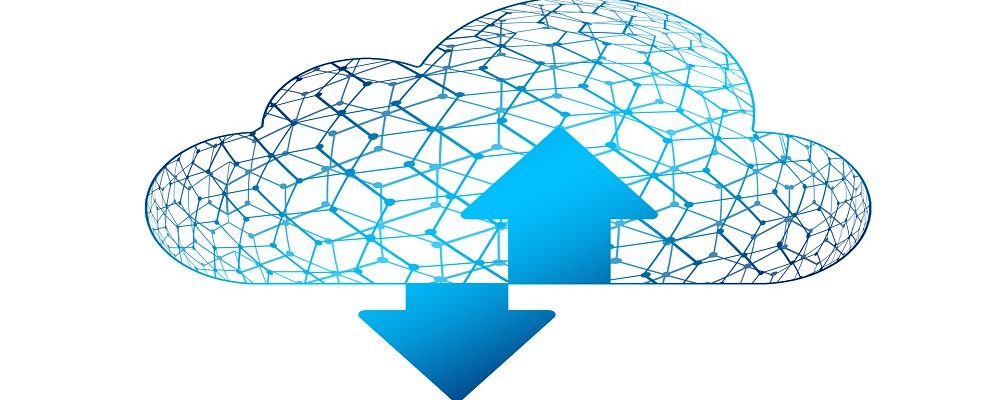
Planning a Successful Disaster Recovery Strategy using Cloud

Planning a Successful Disaster Recovery Strategy using Cloud
Data and security are crucial factors for today’s Business. So having a backup of the most crucial data is the top priority across all business sectors. Disaster Recovery (DR) is the more important backup plan that is needed for every business because the loss of data can lead to unpredictable and serious consequences.
What is Disaster Recovery in Cloud?
Disaster Recovery in Cloud is the technique and services used by the organizations to backup their data, applications, and resource into a cloud. They can undertake complex operational workloads in a matter of seconds. Cloud has completely changed the disaster recovery operation whereas in traditional disaster recovery plan where a huge amount of time and resources are required.
A disaster may occur because of cyber-attacks, device failures, and human errors. In Cloud Disaster recovery the entire data are stored on cloud storage. A backup copy of servers or data in the cloud do not have any dependencies on hardware hence migration of data from one data center to another also becomes faster and trustable.
In this article we will discuss some of the successful Disaster Recovery strategies that every organization should adapt to.
Cloud Disaster Recovery Strategies
1. Recognize your Infrastructure and identify the Risks
It is very much important to understand your IT infrastructure which includes the data, assets, and hardware you have. It is also necessary to access all the data & information and understand it’s worth and then identify the risks that affect the system like natural disasters, data theft, and power disruptions.
When all of the risks associated with the assets are noted then design a proper disaster recovery to minimize these potential risks.
2. Analyze the impacts of Business.
It exclusively tells the limitations of the business operation once the disaster has occurred. They are analyzed based on
- Recovery Time Objective (RTO)
- Recovery Point Objective(RPO)
RTO is the goal an organization sets for the maximum length of time it should take to restore normal operations following an outage or data loss. If the business is the fastest delivery system, then the application failure can cause heavy losses and it requires heavy investment to resume the business operations if not restored in time.
Knowing the RTO of a Business is very much important as it shows how to invest in a DR plan. The time lost in RTO can be considered the key parameter.
RPO is the amount of downtime a business can tolerate in case of a major crisis. For example, In trade markets, every second of downfall can lead to major financial loss. But if the business is at a moderate rate then you will not have to invest more.
3. Defining the Disaster recovery plan based on RPO and RTO
RPO and RTO are valuable benchmarks when designing a system for the DR plan of a Business. It provides the data for operating business continuously when the particular service is disrupted.
There are several approaches to implementing the DR plan like backup, restore, warm standby or multi-cloud option.
4. Select the capable Disaster recovery service provider
A DR Service provider will carry out a detailed business impact analysis to help you become familiar with any potential operational constraints you might have in case of a disaster hence it is very important to choose the best service-oriented provider who can create a robust cloud disaster recovery plan. The right tools will be available from such a service provider for a use case. They are also better equipped to assess the possible threats to data.
5. Create the Cloud DR Infrastructure
After the Cloud DR partner is fixed, then start to work with the service provider to implement the design and build DR infrastructure. For efficient business operations, it is essential to make sure your DR strategy is in line with your RTO and RPO goals
6. Test and revise your plan frequently
Testing the DR plan often ensures that there are no issues. Routine testing can bring the expected effectiveness in case of any disaster. The ongoing change in the business makes it even more important to assess disaster recovery plans regularly to make sure they are still effective.
Business infrastructure must evolve in line with technology improvements by testing and upgrading disaster recovery strategies to ensure gradual performance improvement.
Advantages of Cloud Disaster Recovery
Cloud Disaster Recovery has several advantages over the traditional Disaster Recovery methods.
1. Pay-as-you-go options
Organizations have to pay high capital costs when using managed colocation providers for off-site Disaster Recovery services with a long-term contract. But this pay-as-you-go system will allow the organizations to pay monthly charges only for the resources and services they use.
The payouts can be adjusted based on the resources used and not used. The discounts for long time resource commitments are frequently offered by cloud providers. It is one of the biggest benefits to big organizations.
2. Scalability and Adaptability
The traditional disaster recovery methods are having usability and capability restrictions. Here, the organizations have to buy servers, storage, network devices and software tools which would require a high investment.
But in Cloud Disaster Recovery supplies high number of resources on demand enabling organizations to engage as many resources as necessary.
3. High -reliability and geo-redundancy
Cloud providers helps multiple data centers to support users across under different geographical regions. This will make the cloud providers to increase service dependability and guarantee redundancy. Organizations can easily use geo-redundancy to spread the Disaster Recovery through multiple areas to increase availability.
4. Easy testing and faster recovery
Cloud resources work as a virtual resources which helps data centers to verify their accessibility without disturbing production. Organizations also has the option to select high bandwidth and quick disc I/O to maximize the transmission speeds.
Conclusion
Disaster Recovery services are essential requirements of every business. It can protect the complete IT infrastructure and provide operational resilience. It prepares the business for expected disasters and provides high security of data.
Sapizon Technologies is a leading cloud service provider which provides secure, flexible, and scalable cloud disaster recovery services in public, private, hybrid, and multi-cloud environments.
Contact us to identify which suits your business.